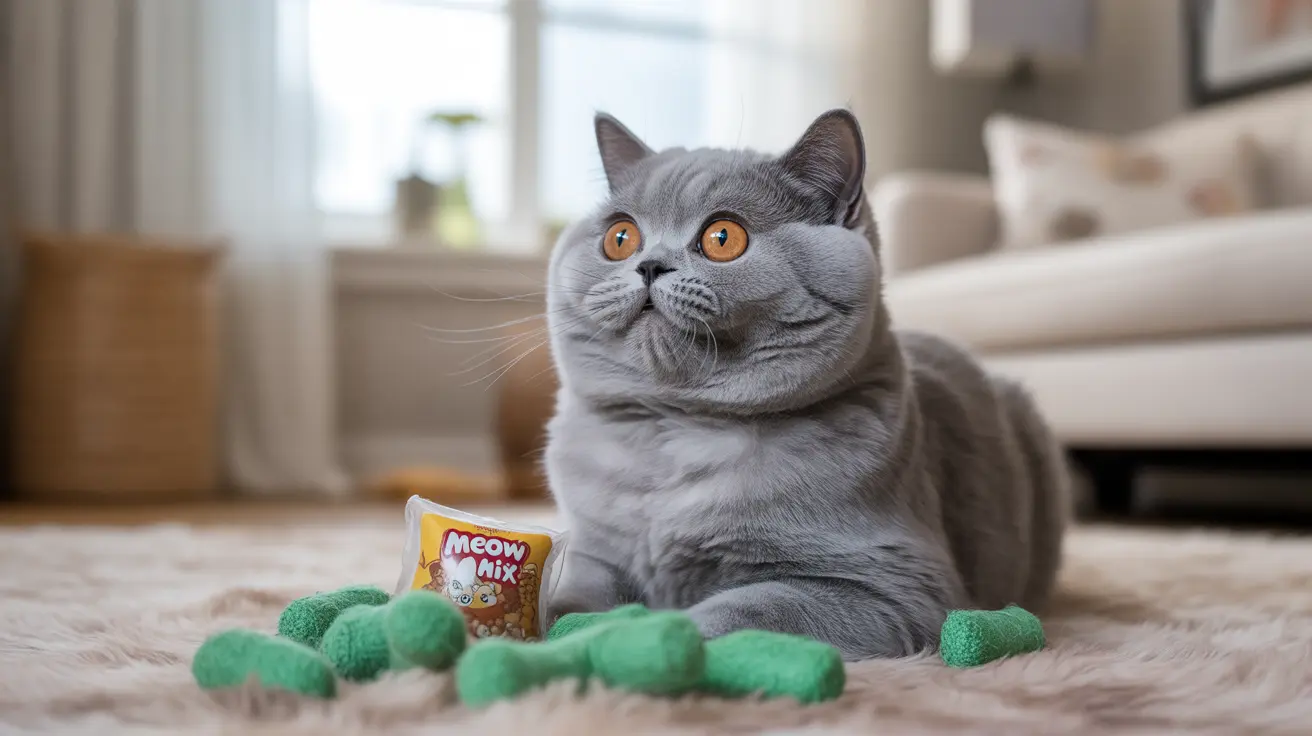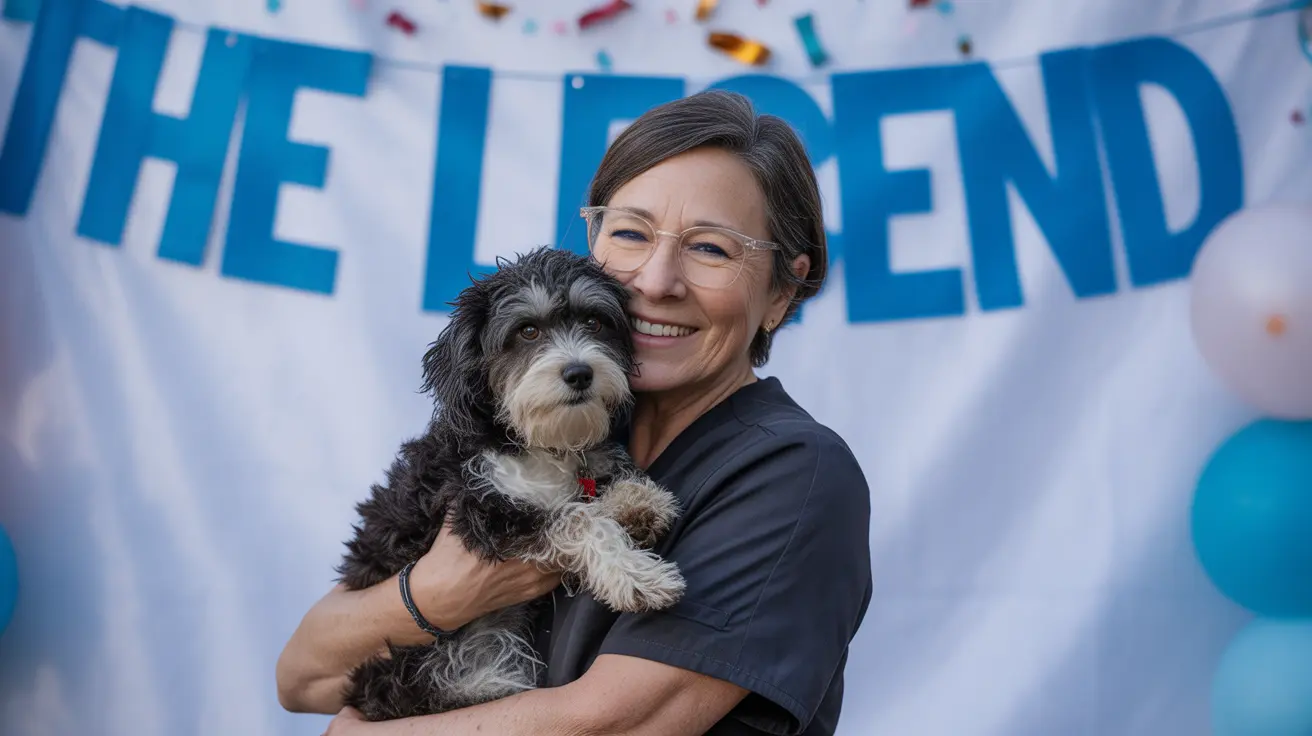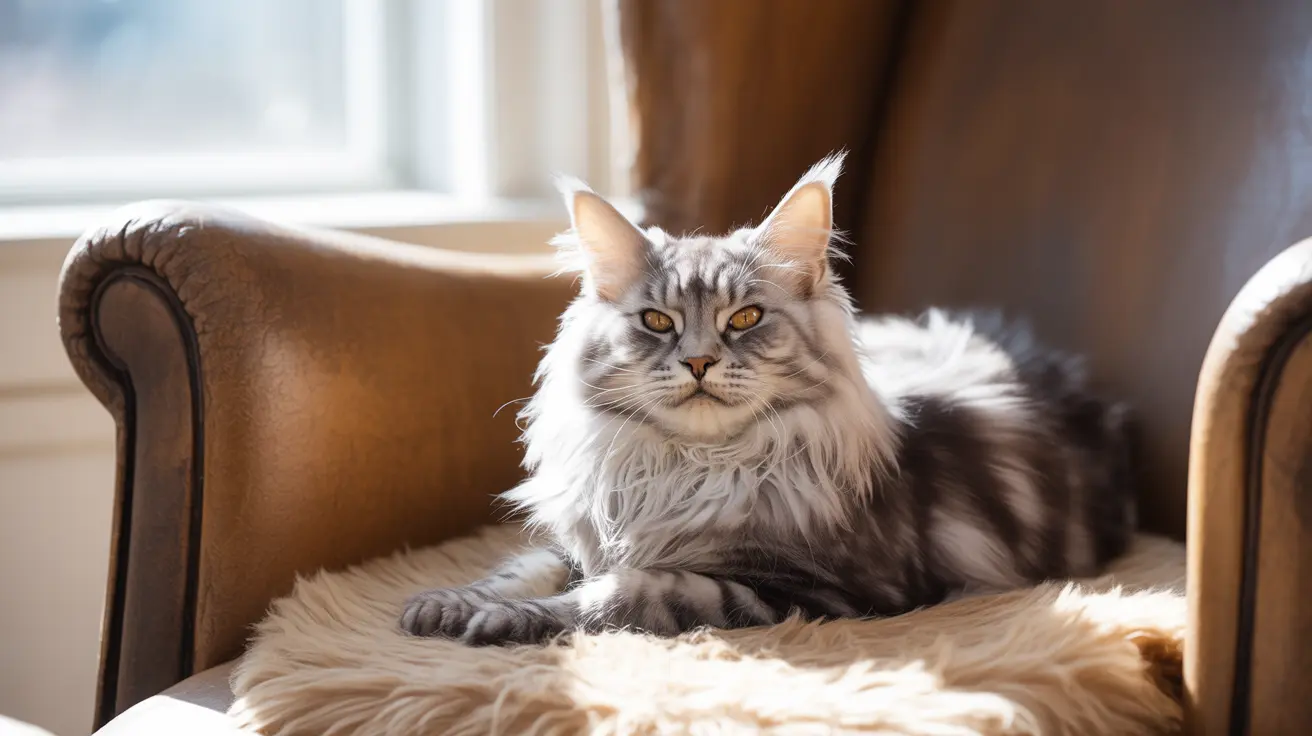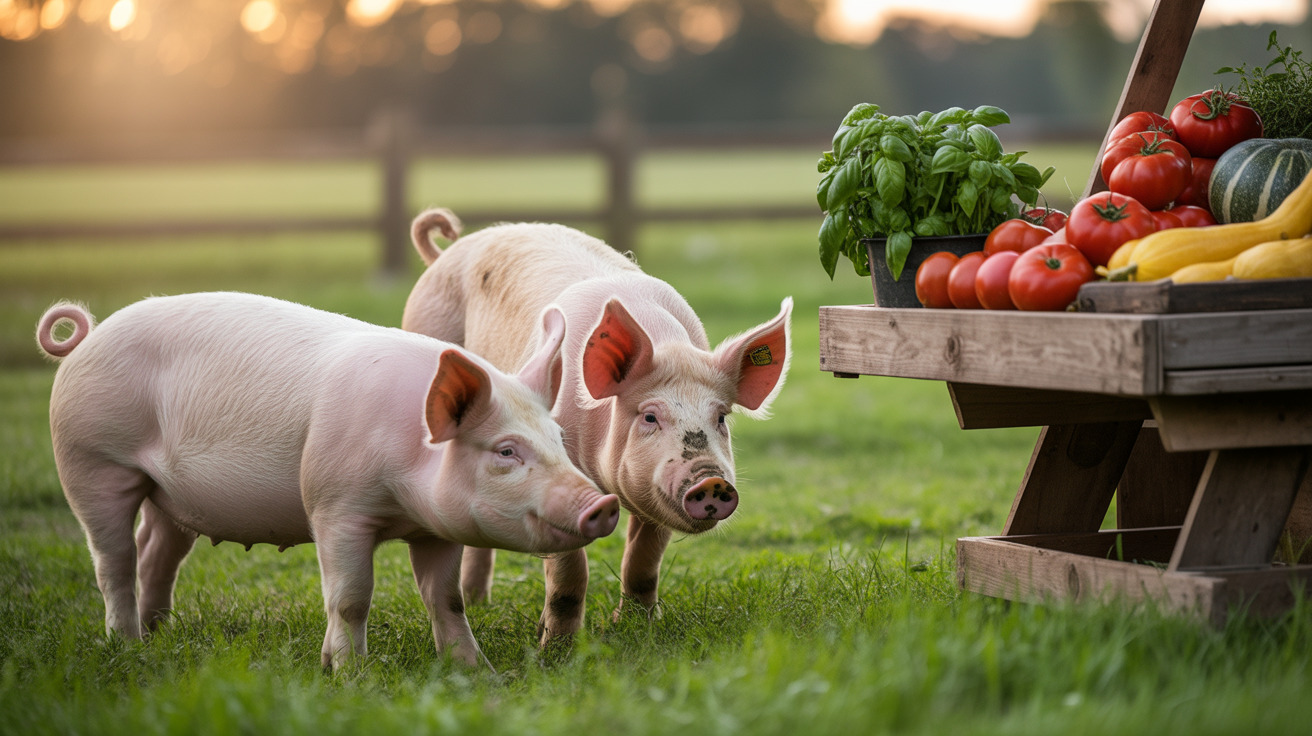In the world of professional pet photography, few names stand out quite like Andrew Marttila, who has rightfully earned the title "I am the cat photographer." From humble beginnings capturing images of his own cat Haroun to becoming a globally recognized feline photography expert, Marttila's journey is as fascinating as the captivating cat portraits he creates.
What makes Marttila's story particularly compelling is his transformation from a neuroscience graduate to a celebrated animal photographer, despite having severe cat allergies early in life. His unique ability to capture the soul and personality of every cat he photographs has earned him over 600,000 Instagram followers and numerous prestigious publications.
The Making of a Cat Photography Legend
Andrew Marttila's rise to fame began with a simple love for cats and a camera. After his photos went viral online, he founded The Great Went in 2014, establishing himself as a professional cat photographer. His work has since been featured in National Geographic, Good Morning America, and countless other major media outlets.
Alongside his wife Hannah Shaw (known as The Kitten Lady), Marttila has become a powerful advocate for animal rescue, using his photography skills to help shelter cats find forever homes. His board membership with the Orphan Kitten Club demonstrates his commitment to feline welfare beyond the lens.
Professional Techniques and Artistic Vision
Marttila's approach to cat photography combines technical expertise with an deep understanding of feline behavior. He emphasizes the importance of patience and building trust with each subject, whether it's a celebrity cat or a shy shelter resident.
His signature style involves getting down to a cat's eye level, using natural light whenever possible, and waiting for those perfect moments when a cat's true personality shines through. This attention to detail and respect for his subjects has revolutionized the way we view cat photography.
Published Works and Educational Impact
Through books like "Shop Cats of New York," "Cats on Catnip," and "How to Take Awesome Photos of Cats," Marttila has shared his expertise with aspiring photographers worldwide. His instructional content breaks down complex photography concepts into accessible lessons, helping others capture their own stunning cat portraits.
As an educator, he's collaborated with major brands like Adobe and Canon, further establishing his authority in the field while making professional photography techniques accessible to cat lovers everywhere.
The Art of Connecting with Feline Subjects
One of Marttila's most valuable insights is his emphasis on understanding cat body language and behavior. He teaches photographers to recognize signs of comfort and stress, ensuring that every photo session is a positive experience for the cat.
His success in capturing intimate, expressive moments comes from his ability to create an environment where cats feel safe and engaged. This approach has not only produced stunning images but has also influenced how other photographers interact with their feline subjects.
Frequently Asked Questions
How can I get my cat to look at the camera for a great photo?
Use toys or treats to direct your cat's attention toward the camera, but avoid forcing interaction. Position yourself at eye level with your cat and make interesting sounds to capture their curiosity naturally. Patience is key – wait for moments when your cat is alert and engaged.
What lighting setups does Andrew Marttila recommend for capturing the best cat photos?
Marttila strongly prefers natural light, especially from large windows. Avoid direct sunlight or harsh artificial lighting. Position your subject near a window with diffused light, and if needed, use reflectors to fill in shadows. Avoid using built-in camera flash as it can startle cats and create unflattering shadows.
What camera settings and equipment are best for photographing cats like Andrew Marttila?
While DSLR cameras offer the best results, the most important factors are fast shutter speeds to capture movement and appropriate aperture settings for depth of field. Start with a medium aperture (f/4-5.6) and faster shutter speeds (1/250 or higher) for active cats. Use lenses that allow you to maintain a comfortable distance without disturbing the cat.
How do I build trust with a shy or shelter cat before photographing them?
Allow the cat to approach you on their terms. Spend time in their space without forcing interaction, and use treats or toys to create positive associations. Watch for signs of comfort like relaxed body language and slow blinking before attempting photos.
What techniques does Andrew Marttila use to capture the unique personality of each cat?
Marttila observes each cat's natural behaviors and preferred environments before shooting. He gets down to their eye level or below, uses engaging toys or sounds to capture genuine expressions, and waits for authentic moments rather than forcing poses. He also ensures the cat is comfortable and engaged throughout the session.






